Payment:
30% when order confirmed, 70% before shipmentProduct Origin:
ChinaColor:
CustomizationShipping Port:
Shanghai, ChinaLead Time:
30~60 days Ex Works after order confirmationMaterial:
F11+STLMethod of Operation:
HandwheelQuick Detail
|
Type |
Globe Valve |
|
Designed Size |
3/4 Inch |
|
Designed Pressure |
1500LB |
|
Construction |
Y Type; Bolted Bonnet; |
|
Connection Type |
Socked Weld |
|
Operation |
Handwheel |
|
Design Code |
API602 |
|
Connection |
ANSI B16.11 |
|
Test & Inspection |
API598 |
|
Body Material |
A182 F11+STL |
|
Trim Material |
A276-410+STL |
|
Application |
Water, Oil, Gas |
Features
· Low pressure drop.
· Low torque stroking
· Quick and easy repair in line.
· Tight shutoff.
· Stem expansion/contraction thrust unit for high temperature application (optional).
· Other sizes available on request.
· Live-loading of packing optional.
Technical Drawing
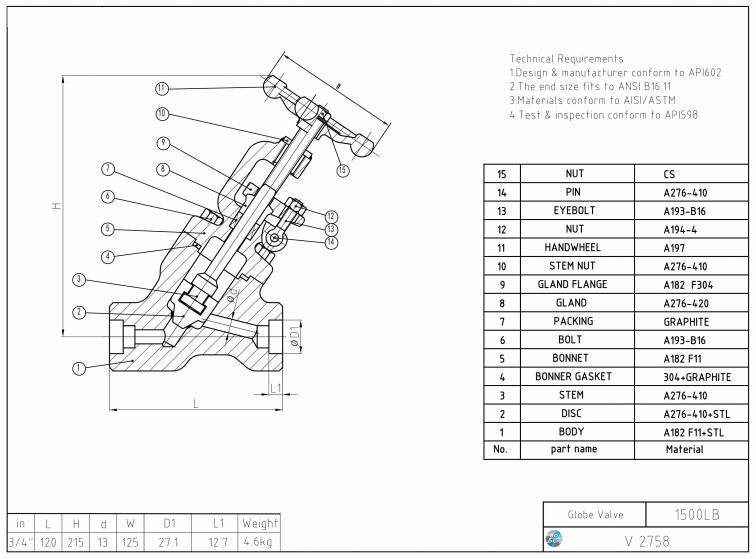
Dimension Check
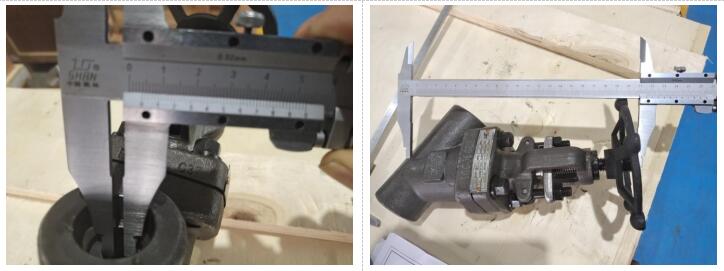
Witnessing Tests
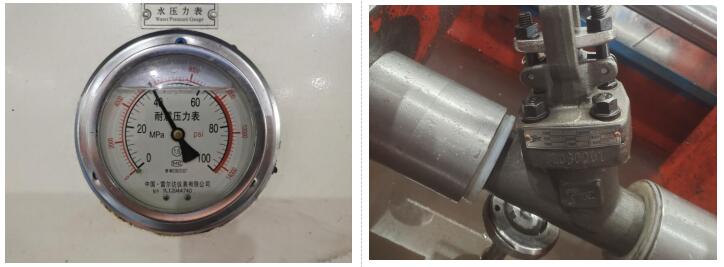
Packing
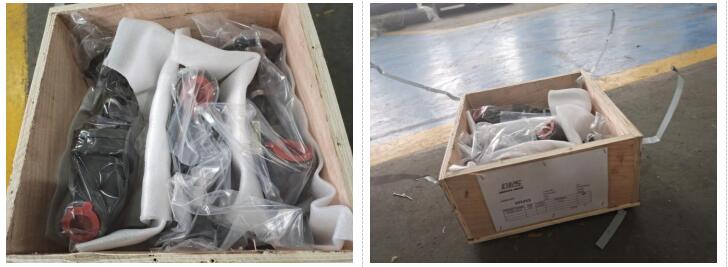
Product Application
Dervos valves can be widely used in varieties of industries, such as petrochemical,pipeline,oil & gas,marine,water treatment,power station industries and etc.
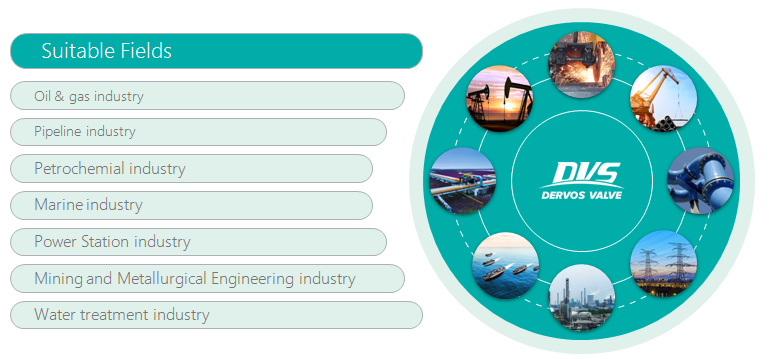
If you are interested in our products and want to know more details,please leave a message here,we will reply you as soon as we can.